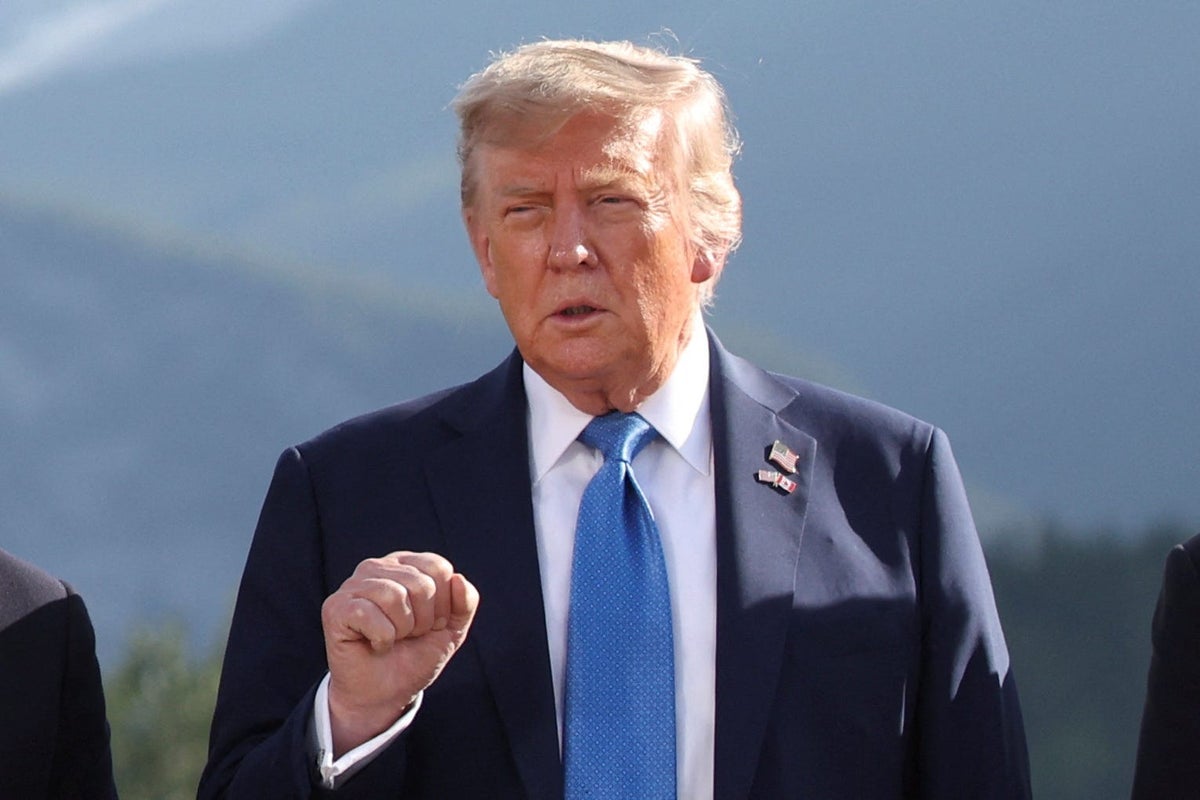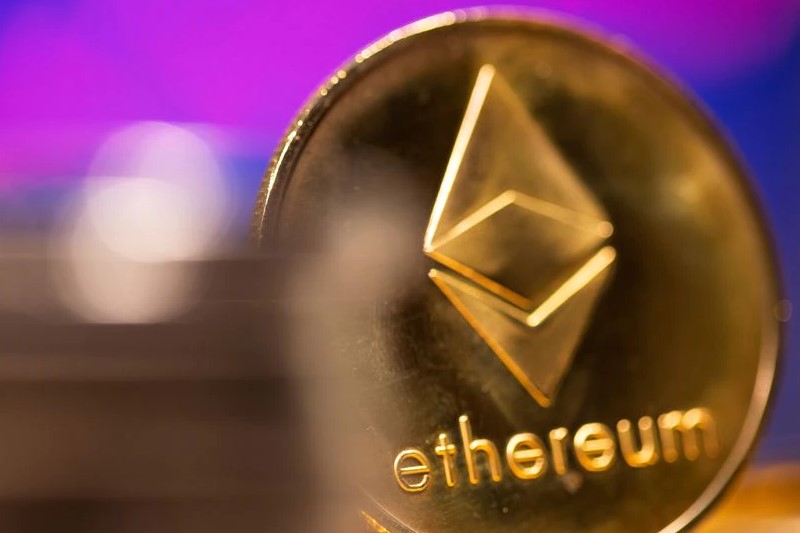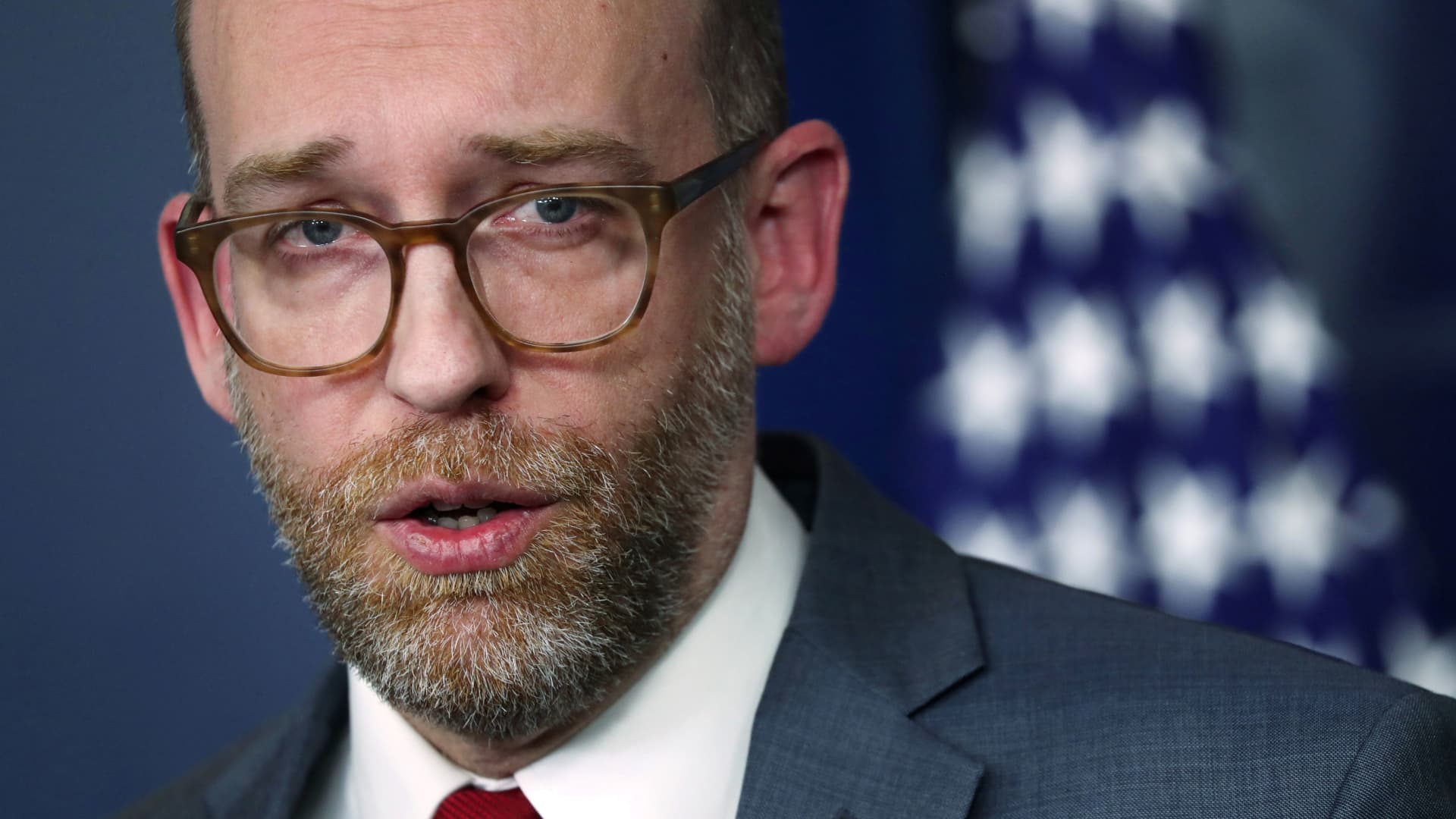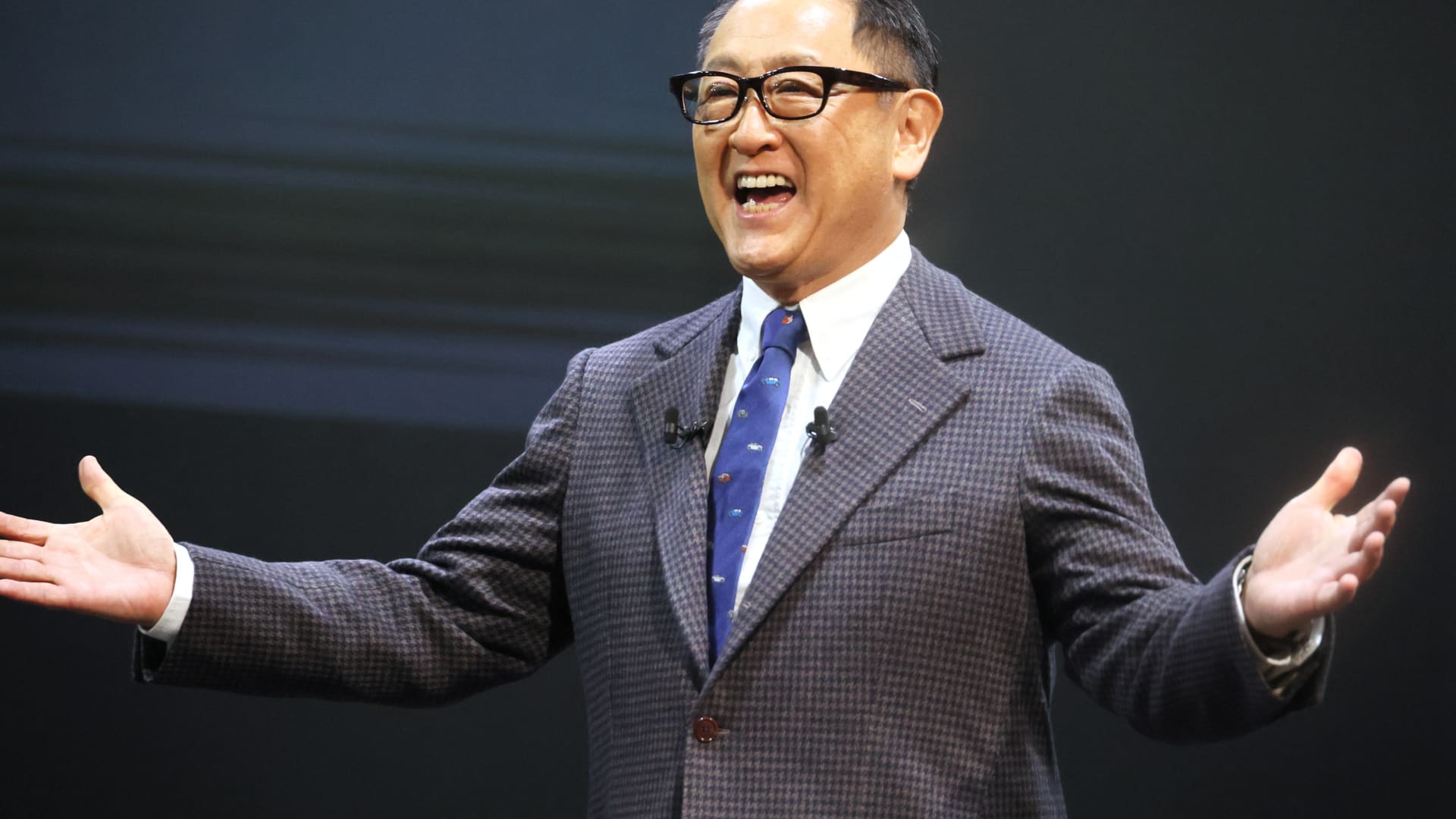Medical personnel use a mammogram to examine a woman's breast for breast cancer.
Hannibal Hanschke | dpa | Image Alliance | fake images
SAN FRANCISCO — An Established Establishment But a promising group of cancer drugs was a red-hot market in 2023, and more companies could turn to the treatments to drive growth in the coming year.
That was a clear takeaway from the JPMorgan Healthcare Conference in San Francisco, the nation's largest gathering of biotechnology and pharmaceutical executives, analysts and investors.
During the four-day event, the biotechnology and pharmaceutical industries expressed enthusiasm for antibody-drug conjugates, or ADCs, which offer an anti-cancer therapy specifically aimed at attacking and destroying cancer cells and minimizing damage to healthy ones. Meanwhile, standard chemotherapy is less selective: it can affect both cancerous and healthy cells.
Johnson and Johnson Last week it announced the acquisition of developer ADC for $2 billion Ambrx Biopharmacy to bolster its current ADC portfolio, which some researchers believe could be heralding a “new era” for cancer treatment. Other drug manufacturers such as Pfizer and merckwhich closed some of the more than 70 ADC-related deals over the past year, said those drugs will be key growth drivers for its businesses.
Interest in drugs will continue this year, as some analysts expect. further agreements and progress on ADCs currently in development.
The factors driving the recent surge in ADCs won't abate this year, and fear of being left out among companies that haven't entered the market will only push more companies to enter the space, said Andy Hsieh, an analyst at William Blair & Company. . CNBC.
Those factors include increased confidence in ADC technology among companies and researchers, the potentially longer market exclusivity of those drugs, and the rise of attractive ADCs from drugmakers in Asia.
The drugs also have the potential to generate huge profits: ADCs could account for $31 billion of the $375 billion global cancer market in 2028, according to estimates by drug market research firm Evaluate. The market for these drugs in 2023 is estimated to be worth around $9.7 billion, according to another report by research firm MarketsandMarkets.
“It's kind of like FOMO, right? Everyone wants to be exposed to [ADCs] and basically making it a cornerstone of their entire corporate strategy,” Hsieh told CNBC. “I don't really see any kind of slowdown and in our view it will largely be a continuation of the momentum of 2023.”
Why ADCs have become popular
ADCs are not new.
About a dozen have gained approval from regulators around the world, the first in 2000. But deals began to accelerate in 2020 and “really took off” in 2022 and 2023, according to Daina Graybosch, senior research analyst at Leerink. Partners that covers immuno-oncology.
He called the recent rise of ADCs a “multi-decade innovation cycle,” with the industry taking several years to make some “fundamental transformative innovation, which then unlocked more investment and much more potential.”
Improvements in ADC technology appeared to have made some newer versions of drugs safer and more effective, increasing industry confidence in their potential and encouraging more investment in this space. The steady increase in approvals and acquisitions in recent years also contributed to that confidence, convincing some companies that ADCs have a “lower-risk development path,” Hsieh said.
A view of an AstraZeneca facility is seen during Prime Minister Scott Morrison's visit on August 19, 2020 in Sydney, Australia.
Lisa Maree Williams | Getty Images News | fake images
Graybosch highlighted an ADC co-developed by AstraZeneca and Japanese drugmaker Daiichi Sankyo called Enhertu, which it called the first of “the next generation of ADCs” that had a greater breadth of treatment compared to previous versions of the drugs. For example, Enhertu became the first ADC to demonstrate the ability to treat breast cancer patients with both high and low levels of a protein called HER2, which controls how breast cells grow, divide, and repair damage.
Drugmakers have perfected key components of ADCs in recent years, such as the chemical bond that helps those drugs deliver cancer therapy to cancer cells, according to William Blair's Hseih. He said companies are learning how to maximize the effectiveness of those drugs “without getting into too many side effects.”
ADCs still have their drawbacks; For example, cancerous tumors can develop resistance to them over time. And not all of the newest ADCs in development are successful: last month, sanafi scrapped its only experimental ADC after it failed in a late-stage trial in lung cancer patients.
Graybosch also noted that companies in Japan and China have become effective ADC developers that are quickly “innovating tweaks” to drugs and bringing to market ADCs that could be better than earlier versions of the drugs.
Companies based in the US and the UK are signing deals with those international drugmakers, such as two licensing agreements. GSK signed late last year with China-based Hansoh Pharma for ADCs targeting various cancer types.
The complexity of ADC technology has likely become another motivation for companies to invest in and develop drugs, Hsieh said. He said it could reduce the chances of other companies creating biosimilars, allowing drugmakers to keep ADC prices high for longer periods of time.
Gilead's approved ADC for breast cancer, Trodelvy, has a US list price of more than $2,000 per vial. But some ADCs on the market have much higher list prices: An advanced ovarian cancer drug from biotech company ImmunoGen costs more than $6,000 per vial as of 2022.
List prices are before insurance and other reimbursements.
How some drugmakers are betting on ADCs
Merck now expects $20 billion in sales of new cancer drugs in the early to mid-2030s, thanks in part to its recent investments in ADCs, executives announced during the conference. That's double the estimate the company provided during the same conference last year.
The elevated forecast indicates Merck's confidence in the future of its cancer drug offering, even as its blockbuster immunotherapy Keytruda approaches a loss of exclusivity in 2028.. That will expose you to generic competition.
Merck executives highlighted their up to $5.5 billion licensing agreement with Daiichi Sankyo to co-develop three of the Japanese drugmaker's experimental ADCs. This year, the company hopes to gain approval of one such ADC for the treatment of non-small cell lung cancer.
“…We have a leadership position now in antibody-drug conjugates, and we've achieved that through what I think is a very smart deal,” said Merck CEO Robert Davis. He added that “all of this really translates into growth potential.”
Newly built Merck research facility located at 213 E Grand Ave in South San Francisco.
JasonDoiy | iStock Unpublished | fake images
Pfizer hopes ADCs will help the company recover after a difficult 2023. Shares fell about 40% last year as Pfizer grappled with weakening demand for its Covid products and other business missteps.
Pfizer CEO Albert Bourla told reporters that the company's $34 billion acquisition of ADC developer Seagen would help restore investor confidence in Pfizer, especially now that the deal is in place. officially closed.
Bourla noted that antibody-drug conjugates have become the hottest area in oncology, adding that Seagen's experience in ADC will give Pfizer a big advantage in further developing those drugs and establishing itself as a leader in cancer treatment. .
Pfizer believes the Seagen acquisition will generate more than $10 billion in risk-adjusted sales by 2030. Seagen specifically brings four approved cancer drugs, including three ADCs, which will bolster Pfizer's own ADC portfolio.









